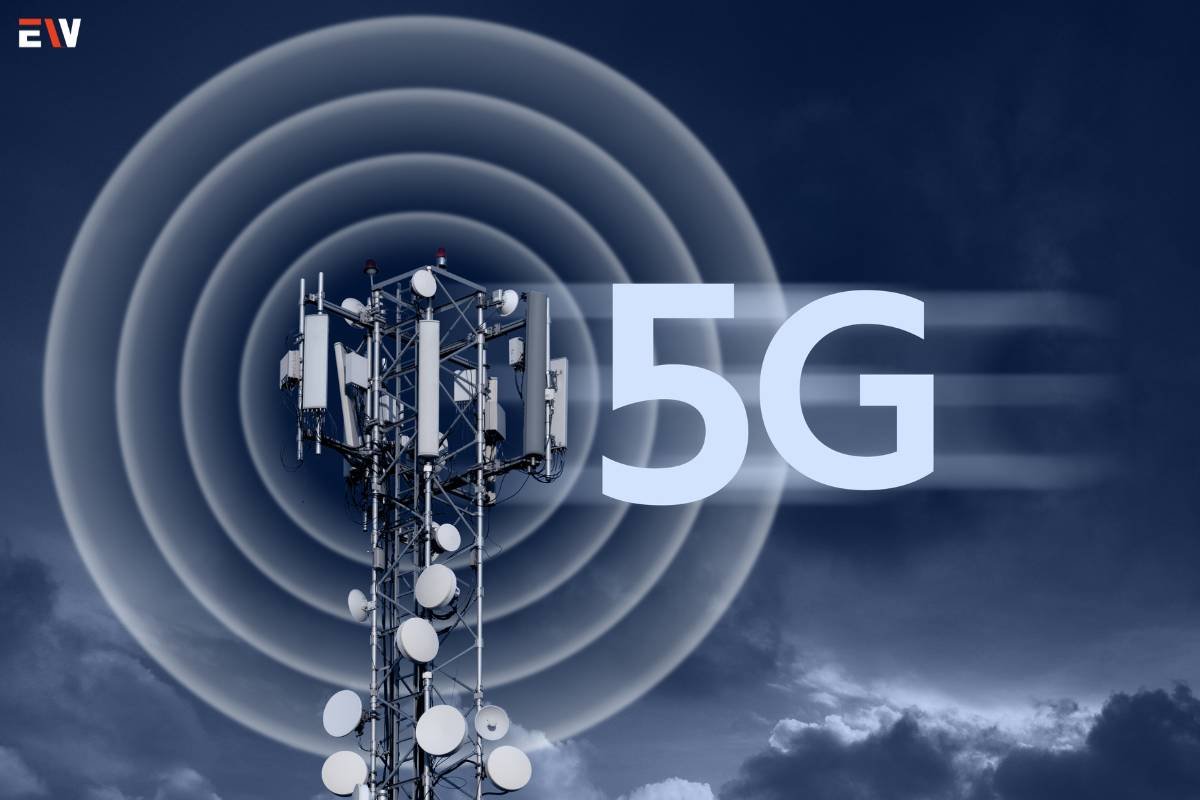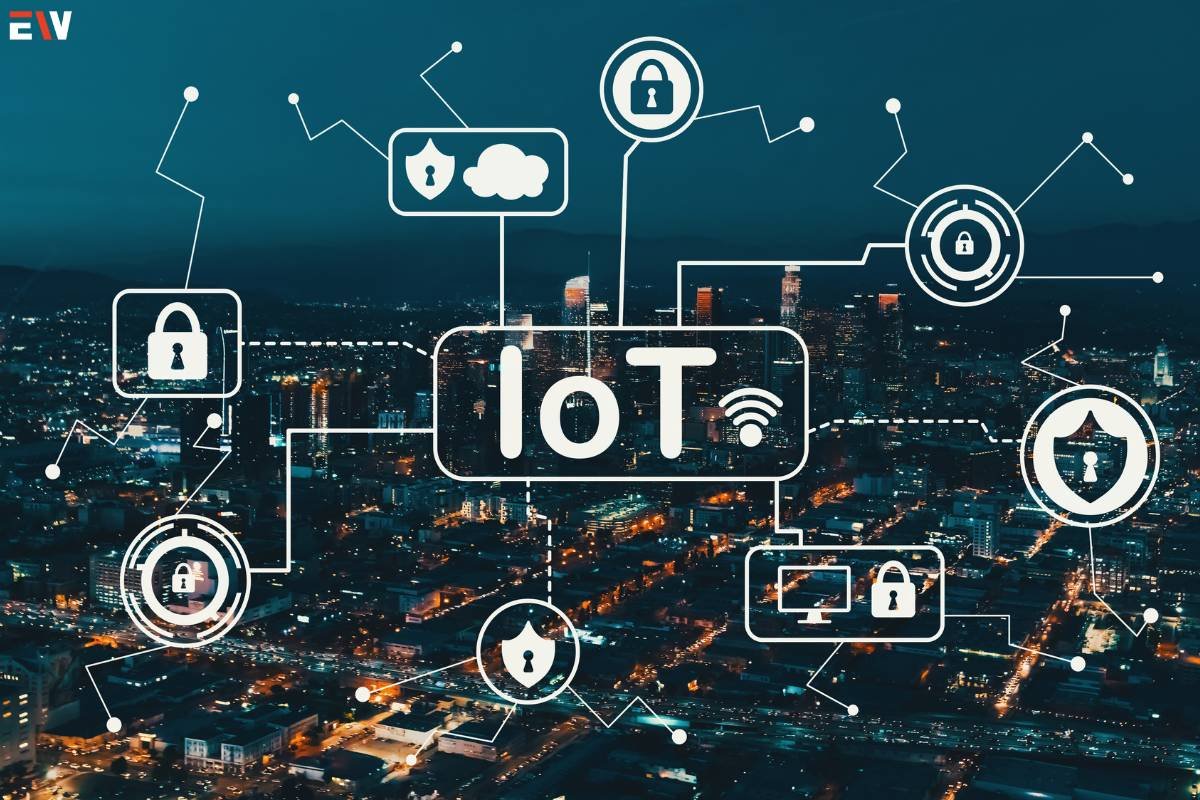The convergence of industrial processes with cutting-edge technology has given rise to the Industrial Internet of Things (IIoT), revolutionizing the landscape of manufacturing and industrial operations. This comprehensive exploration delves into the intricacies of Industrial IoT, examining its definition, key components, applications, benefits, and the transformative impact it has on optimizing efficiency, enabling predictive maintenance, and ushering in a new era of connected intelligence within the industrial sector.
Defining Industrial IoT
1. Overview of Industrial IoT
The Industrial Internet of Things (IIoT), also known as Industrial IoT, refers to the integration of internet-connected devices, sensors, and smart technologies into industrial and manufacturing processes. It leverages data analytics, machine learning, and real-time connectivity to enhance operational efficiency, monitor equipment health, and enable intelligent decision-making in industrial settings.
2. Key Components of Industrial IoT:

- Sensors and Actuators: These devices capture real-time data from industrial equipment and processes, providing valuable insights into performance, conditions, and anomalies.
- Connectivity Solutions: IIoT relies on robust communication protocols and networks to ensure seamless connectivity between devices and systems, enabling data transmission and analysis.
- Edge Computing: Edge computing processes data locally near the source, reducing latency and enabling quick decision-making without relying solely on centralized cloud servers.
- Cloud Platforms: Cloud-based platforms store and analyze vast amounts of data generated by IIoT devices, offering scalable and accessible solutions for data storage, analytics, and management.
- Analytics and Machine Learning: Advanced analytics and machine learning algorithms interpret the collected data, providing actionable insights, predictive maintenance predictions, and optimization recommendations.
Applications of Industrial IoT
1. Predictive Maintenance
IIoT enables predictive maintenance by continuously monitoring equipment conditions. By analyzing data from sensors, manufacturers can predict when machinery is likely to fail, allowing for proactive maintenance and minimizing downtime.
2. Asset Tracking and Management
Tracking the location and status of assets within a manufacturing facility becomes efficient with IIoT. RFID tags and sensors provide real-time visibility, optimizing inventory management and reducing the risk of asset misplacement.
3. Supply Chain Optimization
IIoT facilitates end-to-end visibility in the supply chain. From raw material sourcing to product delivery, manufacturers can track and optimize each step, reducing lead times, minimizing disruptions, and improving overall supply chain efficiency.
4. Energy Management
Smart sensors and meters integrated with IIoT systems help monitor energy consumption in real time. Manufacturers can identify energy inefficiencies, implement energy-saving measures, and reduce operational costs.
5. Quality Control and Monitoring
IIoT enhances quality control by continuously monitoring production processes. Real-time data analysis ensures that products meet quality standards, reducing defects, and improving overall product quality.
6. Worker Safety and Health
Wearable devices equipped with IIoT capabilities enhance worker safety by monitoring environmental conditions, detecting potential hazards, and providing real-time alerts. This contributes to a safer working environment.
Benefits of Industrial IoT
1. Improved Operational Efficiency
IIoT optimizes operational processes by providing real-time insights into equipment performance, production efficiency, and resource utilization. This leads to streamlined operations, reduced waste, and increased overall efficiency.
2. Cost Reduction

Predictive maintenance, energy optimization, and efficient resource management enabled by IIoT contribute to significant cost reductions. Manufacturers can minimize downtime, extend equipment lifespan, and make informed decisions to optimize spending.
3. Enhanced Productivity
IIoT empowers manufacturers to make data-driven decisions that positively impact productivity. Automation, real-time monitoring, and predictive analytics contribute to smoother production processes and higher output.
4. Strategic Decision-Making
The data generated by IIoT devices provides valuable insights for strategic decision-making. Manufacturers can make informed choices regarding production schedules, resource allocation, and overall business strategies.
5. Innovation and Agility
The adoption of IIoT fosters innovation within the industrial sector. Companies that embrace connected technologies can quickly adapt to changing market demands, introduce new products, and stay ahead of the competition.
6. Customer Satisfaction
By optimizing production processes, ensuring product quality, and minimizing delays, IIoT contributes to higher customer satisfaction. Timely delivery of high-quality products enhances the reputation of manufacturers in the market.
Challenges and Considerations in Industrial IoT Implementation
1. Security Concerns
The interconnected nature of IIoT devices raises cybersecurity concerns. Safeguarding sensitive data, protecting against cyber threats, and ensuring secure communication between devices are critical considerations.
2. Interoperability Issues
Compatibility between different IIoT devices and systems can be a challenge. Establishing industry standards and protocols is essential to ensure seamless integration and interoperability.
3. Data Privacy and Compliance
With the vast amount of data generated by IIoT, ensuring compliance with data privacy regulations and standards is crucial. Manufacturers must implement robust data governance practices to protect customer and operational data.
4. Initial Investment Costs
The upfront costs associated with implementing IIoT infrastructure, including sensors, connectivity solutions, and analytics platforms, can be a barrier for some organizations. However, the long-term benefits often outweigh the initial investment.
Future Trends in Industrial IoT
1. 5G Integration

The rollout of 5G networks will enhance connectivity and enable faster data transmission for IIoT devices. This will further improve real-time monitoring, decision-making, and overall efficiency in industrial settings.
2. Edge Computing Advancements
Continued advancements in edge computing technologies will enable more processing capabilities at the device level. This reduces reliance on centralized cloud servers and enhances the speed of data analysis for critical applications.
3. AI and Machine Learning Integration
The integration of artificial intelligence (AI) and machine learning (ML) with IIoT will enable more advanced predictive analytics, anomaly detection, and optimization capabilities, further enhancing the intelligence of industrial processes.
4. Digital Twins for Simulation
The use of digital twins – virtual replicas of physical assets or systems – will become more prevalent. Manufacturers can simulate and analyze the behavior of assets in a virtual environment before implementing changes in the physical world.
Conclusion
The Industrial Internet of Things stands at the forefront of a transformative wave, reshaping the manufacturing and industrial landscape. As organizations continue to embrace connected intelligence, the benefits of IIoT in terms of efficiency, productivity, and innovation become increasingly evident. While challenges such as security and interoperability must be addressed, the potential for optimized operations, predictive maintenance, and enhanced decision-making positions IIoT as a cornerstone of the fourth industrial revolution. The ongoing evolution of IIoT promises not only to connect machines but also to empower industries with the intelligence needed to thrive in an ever-evolving, interconnected world.










